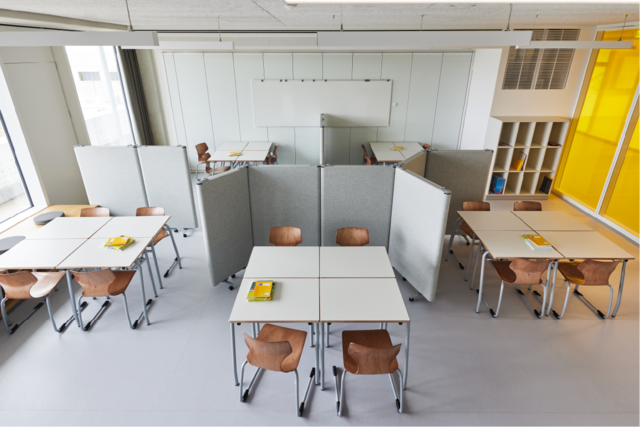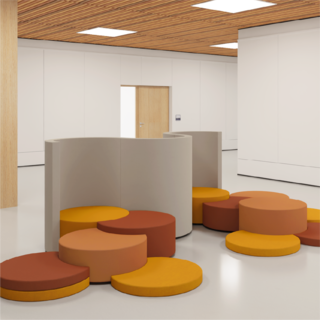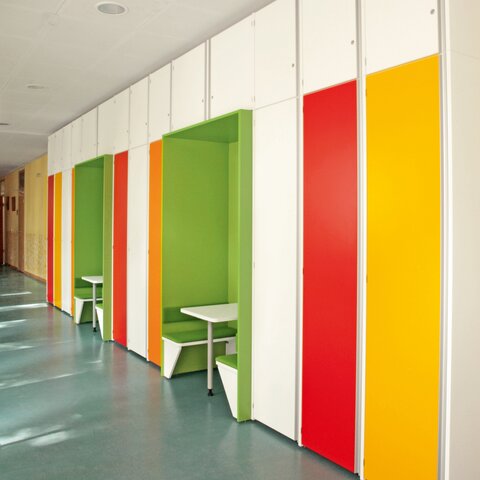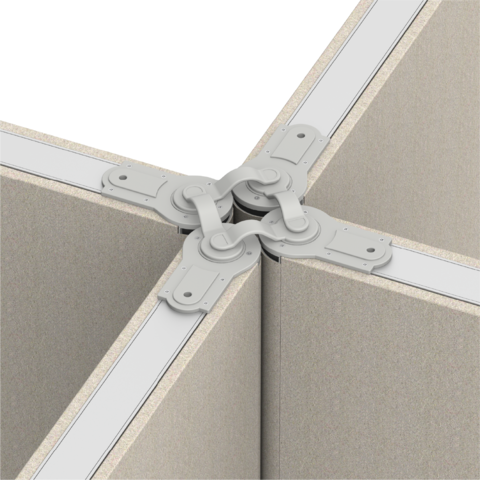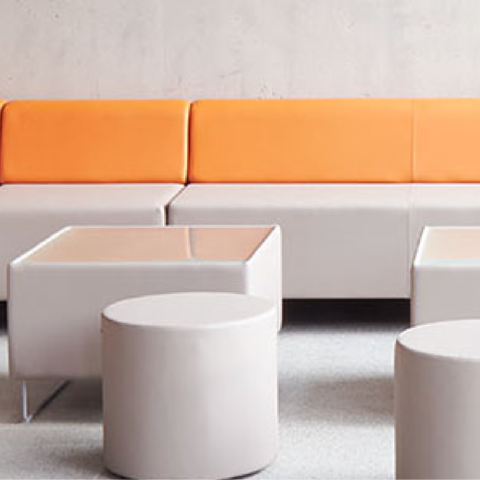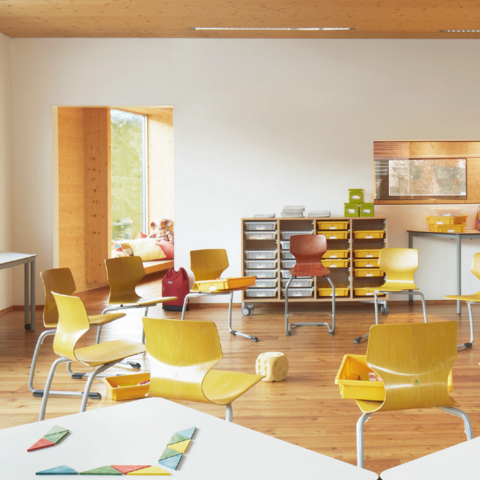21.06.2023
LEARNING SPACE AS A TEAM PLAYER
DESIGNING EFFECTIVE SPACES FOR COOPERATIVE LEARNING
Co-operative and collaborative learning methods are a springboard for learners to strengthen their social skills, experience self-efficacy and deepen their knowledge. However, they also require many things, such as trusting cooperation, concentration and creativity. The future trend Edutecture names four specific building blocks for how the learning space can actively work towards this.
Cooperative learning and other group learning formats are effective settings for learners to develop further. By supporting each other and solving problems together, they strengthen future skills such as successful communication, constructive collaboration and critical thinking.
However, the success of group work cannot be taken for granted. In order to achieve positive learning outcomes and experiences, learners need to bring their ability to concentrate, personal responsibility and creativity to the group table. It is also helpful if the learning space is a team player.
ROOMS FOR HARMONIOUS GROUP WORK
The learning space plays a decisive role in enabling learners to form a harmonious and productive community. According to the Future trend Edutecture there are four key terms: light, air, noise quality and love. They offer concrete ideas for action for anyone who wants to design healthy learning spaces - whether when constructing a learning building or in everyday school life. So what exactly do they suggest for group rooms?
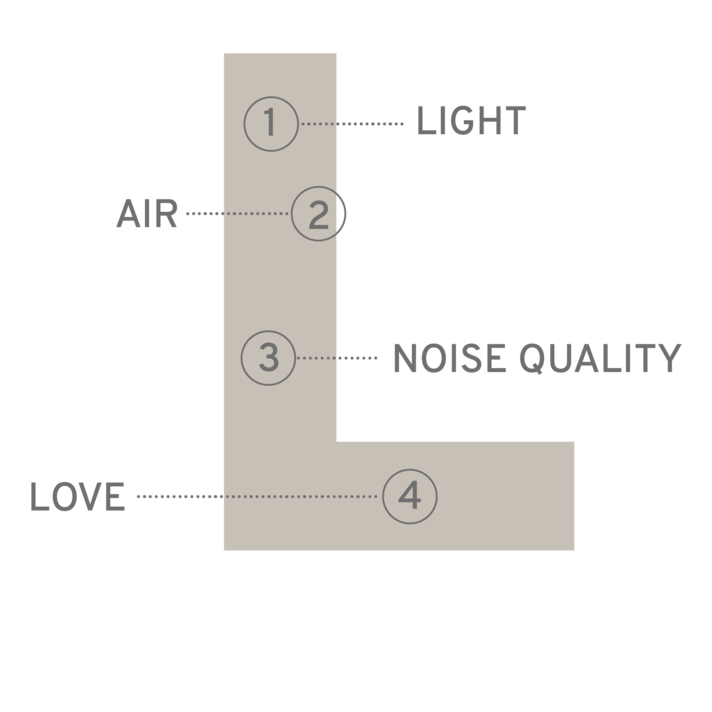
1. LIGHT FOR BRIGHT MOMENTS IN LEARNING GROUPS
Light can more than symbolically ensure that group work leads to enlightenment. Depending on its intensity and warmth, it can, for example Awaken concentration or creativity and thus enlighten teams in different work phases.
2. AIR FOR REFRESHING CONVERSATIONS
In the midst of a lively group discussion, the air can literally and physically become thick and exhausting. Fresh air, on the other hand, can give learners a long breath and clear thoughts lend.
3. NOISE QUALITY FOR CONCENTRATION PHASES
A pleasant soundscape ensures that pupils are in harmony with their surroundings and can concentrate on learning. A dense carpet of sound (e.g. from many animated group conversations) can prevent them from doing so. However, most learners feel at ease with a well-dosed background noise, natural background noise particularly well.
4. LOVE FOR AN APPRECIATIVE RELATIONSHIP
A warm room design also contributes to a loving atmosphere. It can counteract tensions in teams by, among other things, promoting Reduces stress levels of learners. This paves the way for concentration and creativity.
The four L's show how the room as a team player can take collaborative learning formats to a new level - and any other learning format too. With the help of the four L's, the learning space can be customised to a wide range of learning methods and needs. Or think ahead with curiosity: what changes, for example, when music is playing or candlelight is shining in the learning space?

 Deutsch
Deutsch
 English
English
 Français
Français


